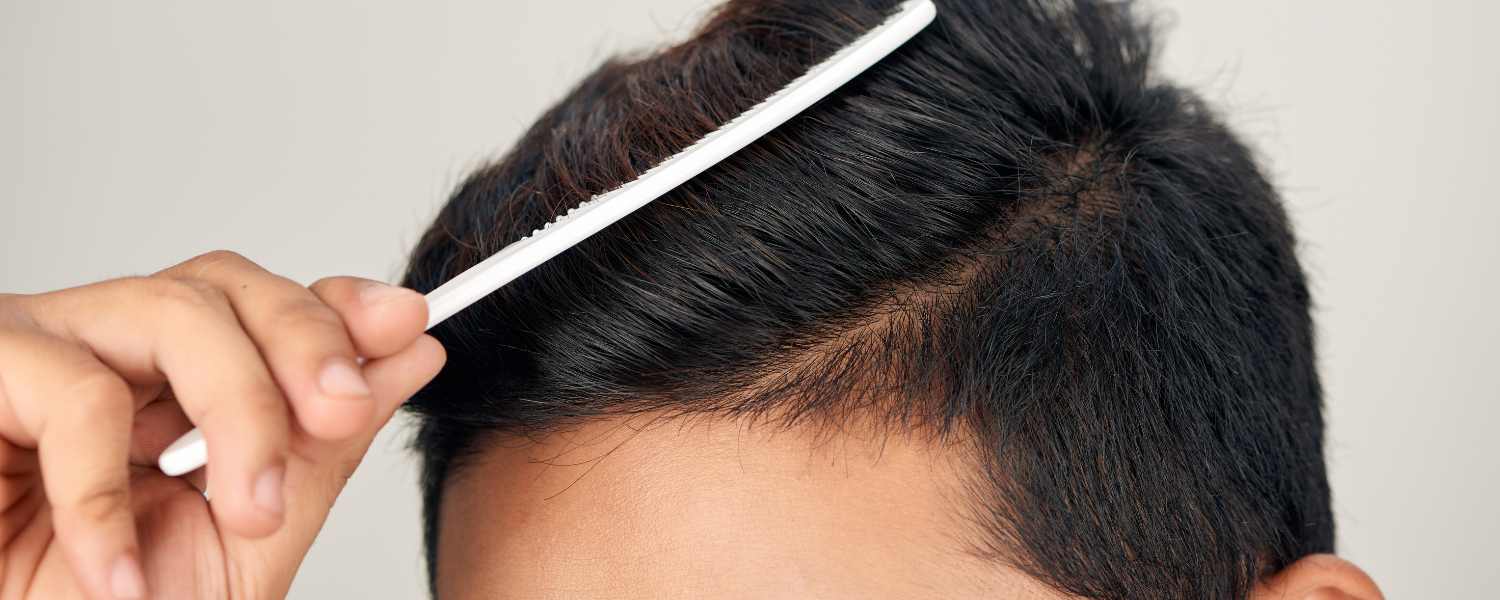
Hair loss can be distressing, affecting confidence and self-image. For those seeking a long-term solution, hair transplants offer an effective way to restore hair and achieve a fuller, natural-looking appearance.
But one common question remains: Are hair transplants permanent? Understanding how hair transplants work and what factors influence their longevity can help set realistic expectations for those considering the procedure.
Hair transplants involve relocating healthy hair follicles from one part of the scalp (typically the back or sides) to areas experiencing thinning or baldness. The two most common techniques are:
FUE has become the preferred method for most patients due to its precision, reduced downtime, and superior aesthetic outcomes. While both techniques offer lasting results, FUE is widely regarded as the better option for those seeking a seamless, undetectable hair restoration.
Transplanted hair is generally considered permanent because it is taken from areas of the scalp that are resistant to hair loss. The hair follicles in these donor areas are genetically coded not to shed, meaning they will continue to grow even after being transplanted. The transplanted hairs are also more resistant to dihydrotestosterone (DHT), which can cause balding.
However, while the transplanted hair remains, the surrounding natural hair may continue to thin over time, requiring additional maintenance or touch-up procedures.
It’s important to note that the success and longevity of a hair transplant depend on various factors, including the patient’s age, hair type, and the expertise of the surgeon. While most people experience long-lasting results, some may require additional procedures over the years to maintain a consistent hairline and density.
While hair transplants are designed to be permanent, several factors can influence their longevity:
While transplanted hair is resistant to typical hair loss, some shedding can occur. In the first few weeks after the procedure, many patients experience “shock loss,” where transplanted hairs fall out temporarily before regrowing within a few months.
However, once the new hairs settle into their growth cycle, they should remain permanently. If hair loss continues, it is likely due to the thinning of non-transplanted hair rather than the transplanted follicles themselves.
In some cases, conditions such as alopecia, scalp infections, or excessive stress can lead to hair shedding even in transplanted areas. To prevent potential loss, it’s essential to follow post-operative care guidelines and consider ongoing treatments to support scalp health.
To maximize the longevity of your hair transplant, consider the following maintenance strategies:
Hair transplants provide a long-lasting, natural solution for hair loss. The transplanted hair is genetically coded to resist shedding, making the results generally permanent. However, factors like genetics, lifestyle, and ongoing hair loss in non-transplanted areas can influence the overall appearance. With proper care, including PRP treatments and hair loss prevention strategies, you can enjoy fuller, healthier hair for years to come.
Investing in a hair transplant is a significant decision, and understanding the commitment to proper care and maintenance will help ensure lasting satisfaction with your new look. Whether you are just beginning your hair restoration journey or looking for ways to enhance your existing results, a proactive approach to hair health will keep you looking your best for years to come.